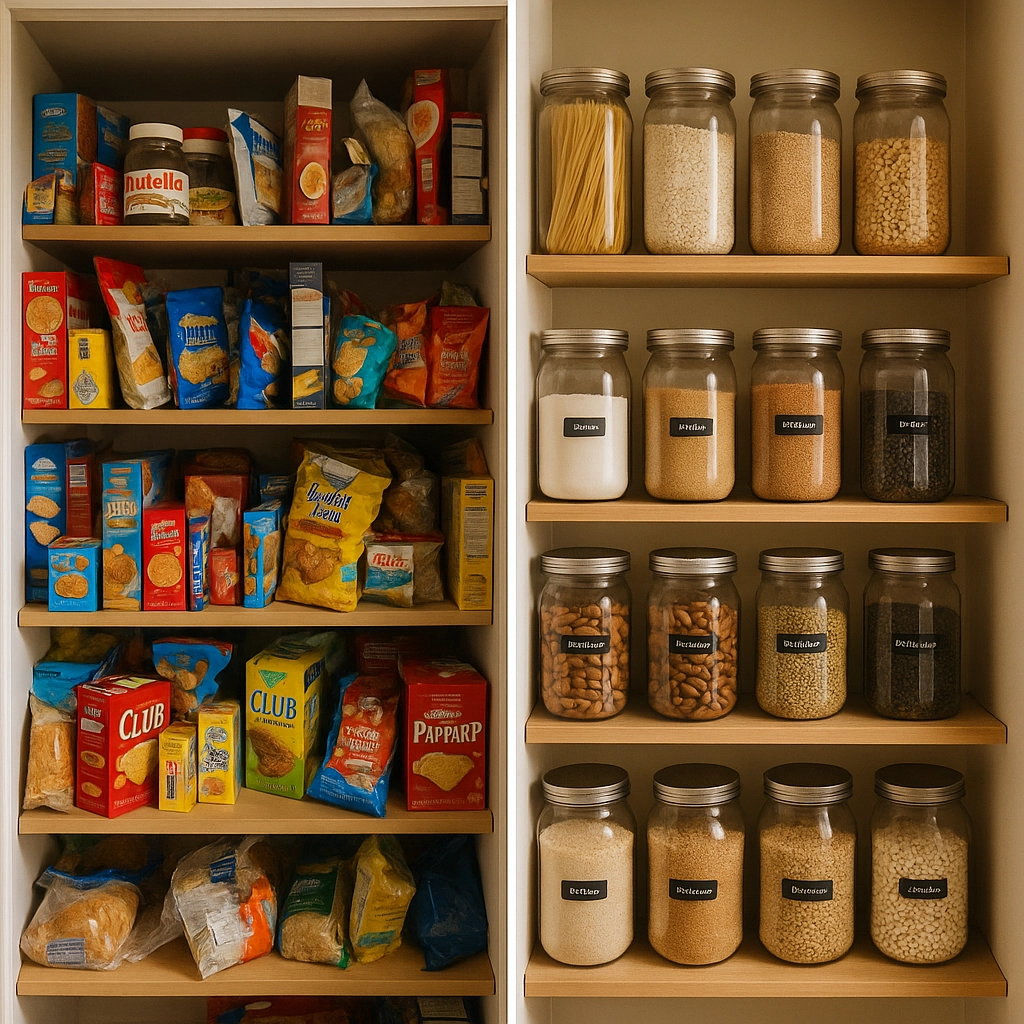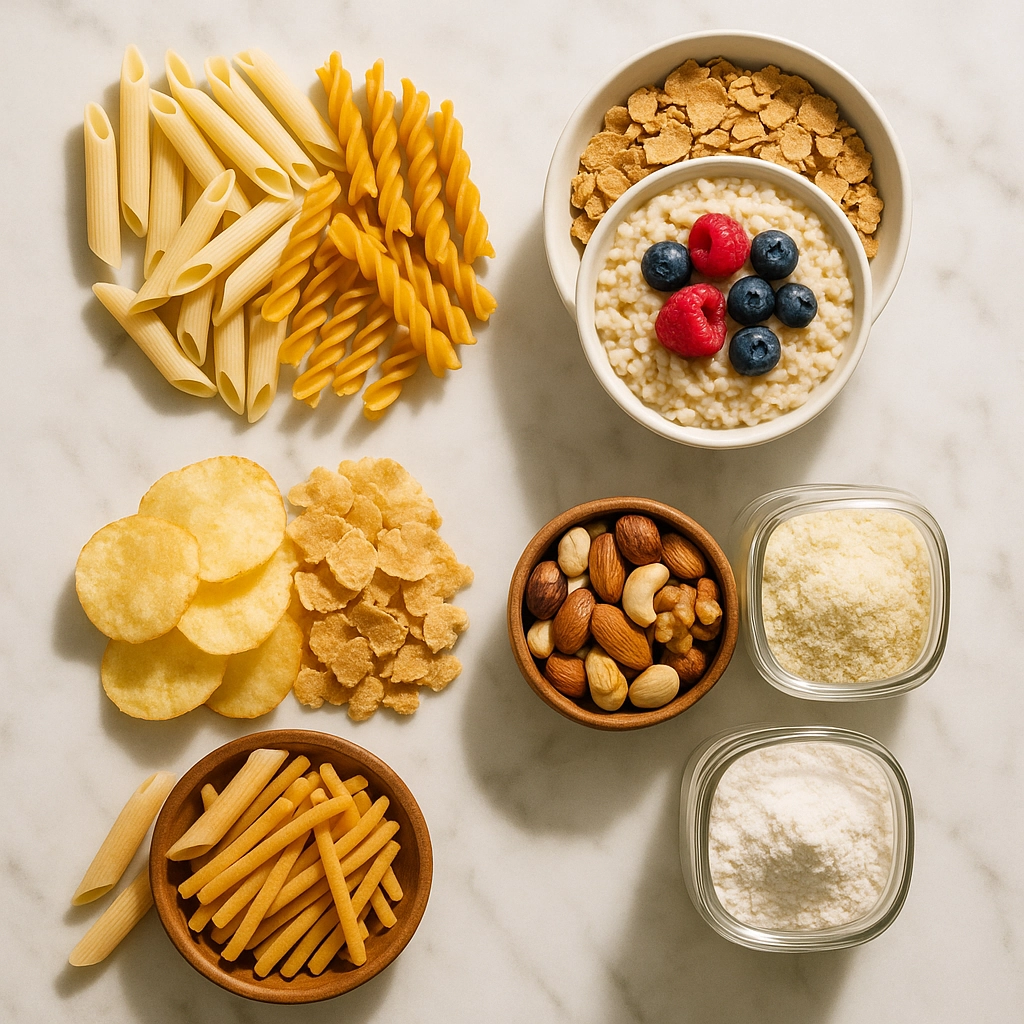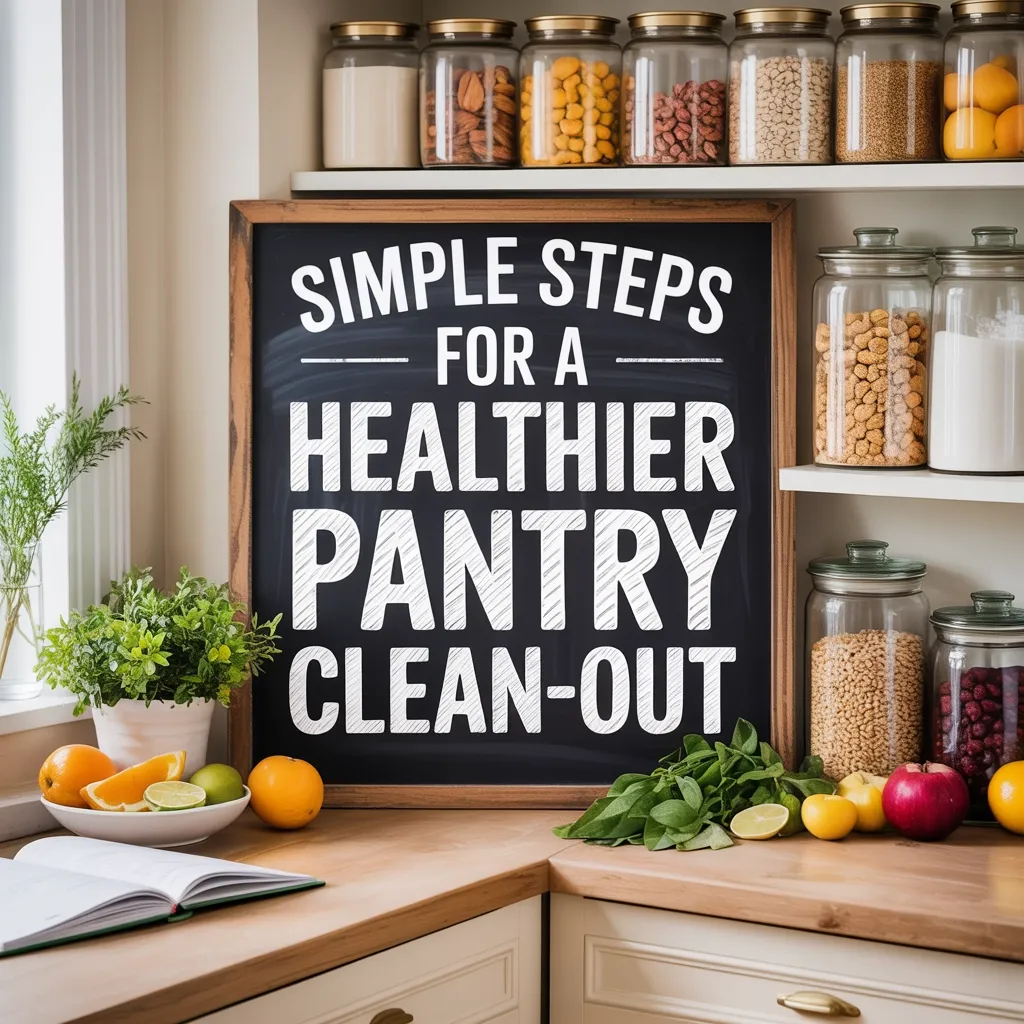Transform Your Family's Health Starting From Your Kitchen Shelves
The foundation of family nutrition begins with what's available in your home. Research demonstrates that 75% of the average Australian family's diet consists of ultra-processed foods—a concerning statistic directly linked to rising rates of childhood obesity and type 2 diabetes. At Fugen Health in Erina, we understand that creating lasting health changes starts with your environment, not willpower alone.
This comprehensive guide will walk you through a strategic, evidence-based approach to transforming your pantry from a processed food haven into a nutritional powerhouse that supports your family's health goals. Unlike typical decluttering advice, these steps focus on systematic implementation that creates sustainable changes.

1. Execute a Complete Pantry Audit
Begin by emptying your entire pantry—no exceptions. This process requires thoroughness to be effective. Place all items on a clean counter or table for proper evaluation.
What to eliminate immediately:
- Products past their expiration date
- Items with visible mold or damage
- Foods with artificial colors (especially Red #40, Yellow #5, and Blue #1)
- Products containing high-fructose corn syrup, above 10g sugar/100g and/or artificial sweeteners.
- Items with partially hydrogenated oils (trans fats)
Evidence-based insight: Research published in the Journal of Nutrition Education and Behavior shows that removing visual triggers for unhealthy eating can reduce family consumption of processed foods by up to 60%.
Create three distinct categories during this process: discard, donate (for unexpired but unhealthy items), and keep. This methodical approach prevents the common mistake of returning problematic foods to your shelves.
2. Implement a Critical Nutritional Evaluation
For remaining items, conduct a thorough assessment based on nutritional value rather than marketing claims. Our nutritionists at Fugen Health in Erina recommend evaluating based on these objective criteria:
Mandatory elimination criteria:
- Added sugars exceeding 5g per serving
- Ingredient lists longer than 10 items
- Artificial preservatives (BHA, BHT)
- Artificial sweeteners (aspartame, sucralose)
Important family consideration: Research consistently shows that children who grow up in homes with predominantly whole foods develop more sophisticated palates and stronger relationships with nutrition that persist into adulthood.
Document what remains after this evaluation—this inventory will inform your strategic restocking plan.
3. Systematically Replace Problematic Foods
Rather than creating a nutritional void, implement strategic substitutions that maintain meal functionality while elevating nutritional quality:
This strategic replacement method has been shown to dramatically improve family nutrition without triggering resistance to change. For personalised replacement strategies tailored to your family's specific needs, our nutritional experts provide customised pantry transition plans.

4. Establish Optimal Organization Systems
Organisation isn't merely aesthetic—it's a powerful behavioral tool. Implement these evidence-based organizational strategies:
Primary zone (eye-level):
Place the healthiest, ready-to-eat options at eye level for both adults and children. This leverages behavioral psychology to increase consumption of nutrient-dense foods by making them the path of least resistance.
Secondary zone (above eye-level):
Reserve for ingredients used in meal preparation but not typically consumed directly.
Tertiary zone (below eye-level):
Utilize for less frequent items and backup supplies.
Critical implementation details:
- Transfer bulk items to clear, airtight containers
- Label all containers with contents AND expiration dates
- Group items by functional category (proteins, grains, cooking oils)
- Create a designated "meal-building" section containing complementary ingredients
As our research at Fugen Health indicates, families who implement strategic pantry organization report a 40% increase in vegetable and other whole food consumption within just three weeks.
5. Strategically Restock Essential Nutrition Foundations
Restocking isn't about filling space—it's about creating a nutritional foundation that supports optimal family health. Focus on these essential categories:
Complex Carbohydrates:
- Brown rice
- Quinoa
- Rolled oats
- Buckwheat
- Sweet potatoes
Protein Sources:
- Canned wild-caught fish (salmon, sardines)
- Dried or canned legumes (lentils, chickpeas, black beans)
- Nut and seed butters (almond, sunflower)
- Protein powders (pea, hemp, or whey from grass-fed sources)
Healthy Fats:
- Extra virgin olive oil
- Avocado oil
- Nuts (walnuts, almonds, Brazil nuts)
- Seeds (chia, flax, pumpkin)
- Coconut milk (unsweetened)
Flavor Enhancers:
- Dried herbs and spices
- Vinegars (apple cider, balsamic)
- Coconut aminos (soy sauce alternative)
- Mustards (without added sugars)
Baking Alternatives:
- Almond flour
- Coconut flour
- Arrowroot powder
- Raw cacao powder
- Monk fruit or stevia (for occasional sweetening)
Invest in quality for these foundational items—research consistently demonstrates that higher quality, minimally processed foods contain significantly higher micronutrient levels.
6. Implement Family Engagement Strategies
Family involvement is essential for sustainable change. Our family nutrition specialists at Fugen Health in Erina recommend these evidence-based approaches:
- Host a family taste-testing session for new healthy alternatives
- Create age-appropriate snack zones that children can access independently
- Implement a "new food of the week" challenge
- Develop a family-approved shopping list together
- Establish designated meal prep sessions where children participate
Critical insight: Research published in Pediatrics shows that children who participate in food selection and preparation are 5x more likely to try new healthy foods and incorporate them into their regular diet.

7. Maintain Your Nutritional Environment
Sustainability requires systems. Implement these maintenance protocols:
- Schedule weekly 15-minute pantry check-ins to restock
- Conduct monthly mini-audits of newly purchased items
- Rotate seasonal items quarterly
- Refresh spices and oils on a predetermined schedule to ensure optimal nutritional value and flavor
Many families find that aligning these maintenance tasks with their meal planning sessions creates an efficient system that prevents nutritional backsliding.
Conclusion: Beyond the Pantry
A strategically organised pantry functions as the command center for your family's nutritional health. However, true transformation extends beyond organisation into consistent implementation. At Fugen Health in Erina, we specialise in helping families integrate these environmental changes with behavioral strategies that create lasting health improvements.
The most successful families we work with report that their pantry transformation served as the catalyst for broader health changes. From improved sleep quality to enhanced focus at school and work, the benefits extend far beyond nutrition alone.
For families interested in a personalised approach to nutritional transformation, our team provides comprehensive support including pantry assessments, family-specific meal planning, and nutritional coaching designed specifically for busy Australian families. Learn more about our personalised nutrition services and how they can support your family's health journey.
Remember, creating a healthy food environment isn't about perfection—it's about progress. Each step you take toward improving your pantry is a step toward better family health. And that's a journey worth taking.
This article was written by Adrian Adams, Head Nutritionist at Fugen Health in Erina. For personalised nutritional guidance and support, book a consultation with our expert team.

